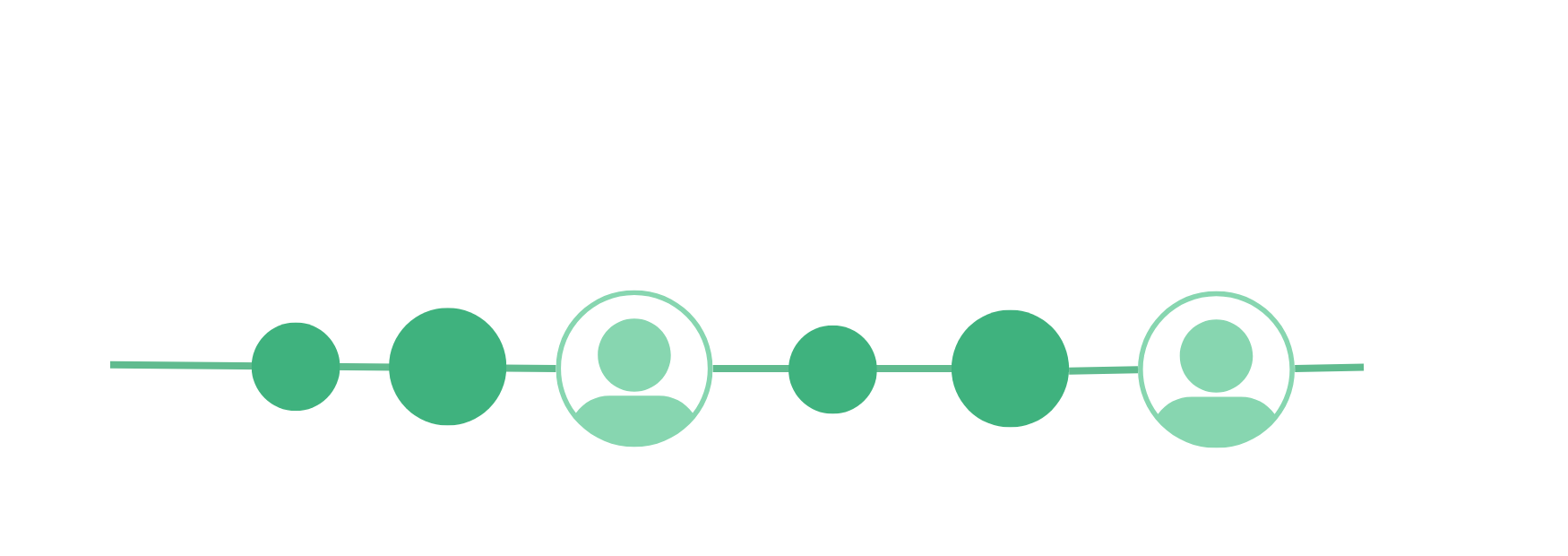What are Wildlife Enforcement Networks?
Regional and inter-regional cooperation is essential to combating wildlife trafficking effectively.
A number of networks with different purposes and objectives focused on combating wildlife crime, and with varying degrees of formality and organization, have been developed across the world. In most cases these networks are known as Wildlife Enforcement Networks (WENs). These WENs, if functioning optimally, can play an important role in facilitating increased collaboration and coordination to combat wildlife crime.

ICCWC Guidelines for Wildlife Enforcement Networks
The ICCWC Guidelines for Wildlife Enforcement Networks (WENs) outline the key considerations in the development of a new WEN, and also provide a self-assessment tool for use by existing WENs to assist them in evaluating their level of maturity and/or operational performance and identify areas that could be further strengthened.
The Guidelines consist of two separate parts:
• Guideline 1 – Establishing a new WEN
• Guideline 2 – Strengthening an existing WEN
ICCWC Guidelines for WENs are available in English, French and Spanish.
A brochure is available here.

Global Meetings of Wildlife Enforcement Networks
ICCWC has convened a number of Global meetings of WENs to share experiences and consider measures to further strengthen WENs, promote their operational effectiveness, and enhance cooperation and interaction. These meetings bring together representatives from established and developing networks from around the world, including wildlife law enforcement officers, international organizations and other relevant organizations.
Contacts and Information
Directory of network focal points
Directories of wildlife enforcement network focal points can be found here.
Other enforcement and species specific focal points can be found here.
More information on each Wildlife Enforcement Network
Each WEN is encouraged to inform the CITES Secretariat of any changes and these will be updated as received.
-
Red de Observancia yAplicación de la Normativa deVida Silvestre de Centroamérica y República Dominicana (ROAVIS) / Central American and Dominican Republic Wildlife Enforcement Network (CAWEN)
Website
Information Sheet -

Related content
Our Focus: Wildlife and Forest Crime
What is wildlife and forest crime? ICCWC considers ‘wildlife’ to include all wild fauna and flora, including animals, birds and fish, as well as timber and non-timber forest products. ‘Wildlife crime’ refers to the illegal taking, trading (supplying, selling or trafficking), importing, exporting, processing, possessing, obtaining and consumption of wild...
4th Global Meeting of Wildlife Enforcement Networks
4th Global Meeting of Wildlife Enforcement Networks The Secretariat of the Convention on International Trade in Endangered Species of Wild Fauna and Flora (CITES), in cooperation with its partners from the International Consortium on Combating Wildlife Crime (ICCWC) and with generous funding support from the United States of America convened...
Our Approach
ICCWC works with officials from across the criminal justice system in countries around the world, to strengthen these systems and provide authorities with coordinated support to combat wildlife and forest crime. ICCWC Vision 2030 and Strategic Action Plan 2023 - 2016 The ICCWC Vision 2030 was launche d at the...



